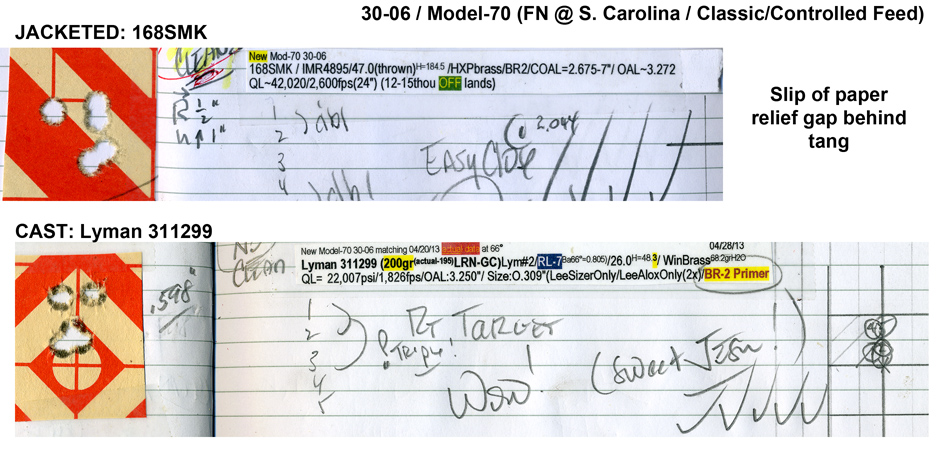I have a couple of Savage rifles that need work, one is a model 11 that I have a Richards stock coming for. When I purchased this it was just the barreled receiver and a broken synthetic stock. The trigger guard and the bottom metal were missing so I ordered new from Savage. When I received them they are not metal parts put polymer plastic.
Question is how are these polymer parts going to effect my attempt at pillar bedding or even just glass bedding these stocks?
This is a DBM with a Bottom Bolt Release stock.
Question is how are these polymer parts going to effect my attempt at pillar bedding or even just glass bedding these stocks?
This is a DBM with a Bottom Bolt Release stock.

